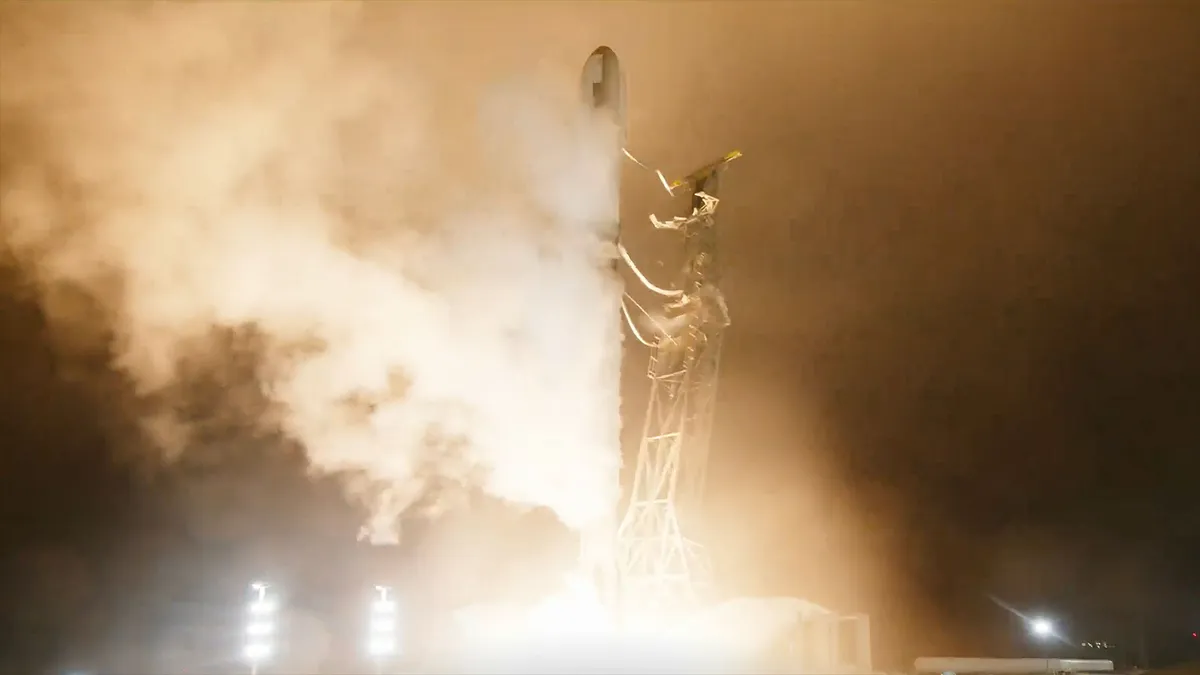
On a remarkable Friday night, SpaceX added 24 new Starlink satellites to its expanding orbital network. The launch took place on July 18 from California, showcasing the company's ongoing commitment to enhancing global internet coverage through its innovative satellite technology. The Falcon 9 rocket lifted off at precisely 8:52 p.m. local time (11:52 p.m. EDT or 03:52 GMT on July 19) from the Space Launch Complex 4 East (SLC-4E) at Vandenberg Space Force Base.
Approximately nine minutes into the flight, the upper stage of the Falcon 9 booster successfully deployed the two dozen Starlink spacecraft into space. This launch was meticulously planned to ensure the satellites would enter low Earth orbit about an hour later, continuing SpaceX's mission to provide reliable internet access worldwide.
In addition to deploying the Starlink satellites, the Falcon 9 first stage achieved a significant milestone by completing its 14th mission. After a flawless ascent, it landed on the autonomous droneship named “Of Course I Still Love You,” which was stationed in the Pacific Ocean. This successful recovery further highlights SpaceX's advancements in reusable rocket technology.
This launch marked SpaceX's 88th Falcon 9 launch in 2025 and the 516th completed mission overall. The ongoing expansion of the Starlink network is critical as it aims to provide high-speed internet access to underserved and remote areas across the globe. As demand for connectivity increases, SpaceX continues to play a pivotal role in bridging the digital divide with its innovative satellite solutions.
With each successful launch, SpaceX reinforces its position as a leader in the aerospace industry, making significant strides toward a more connected world through its robust Starlink program.